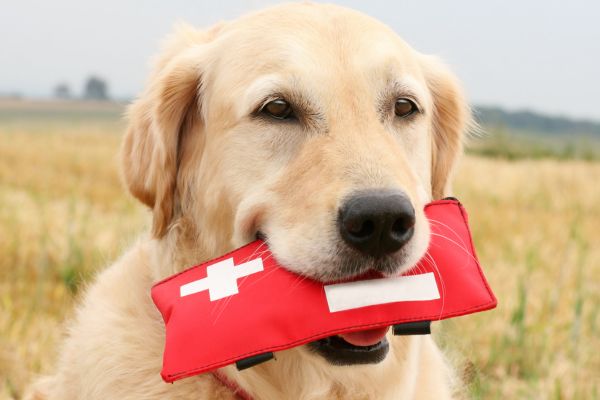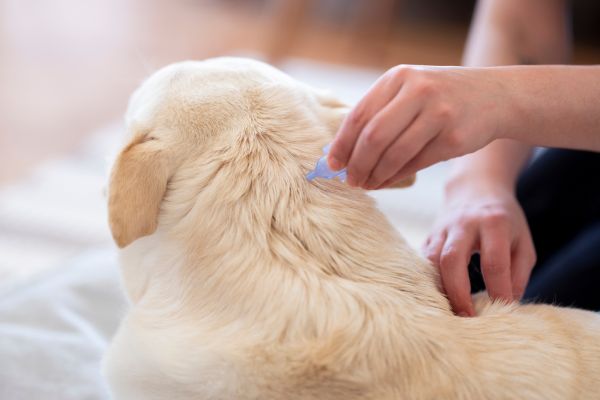It is believed that the COVID-19 pandemic originated in a “wet market” where wild animals were being sold. These markets are part of the global wildlife trade, a larger system that encourages wild animals being treated as commodities in order to make a profit.
Must Read: ten amazing water birds around the world
The global community is more aware than ever of the dangers of wildlife trade, especially with the impact of the coronavirus pandemic on human health around the globe.
70% of all emerging zoonotic disease (transmitted from animals to people) are believed to be transmitted from wild animals.
The problem is much bigger than China’s markets. Pandemics are a result of illegal and legal trade that is cruel and dangerous. Millions of animals are being exploited daily to meet consumer demand as part of the multibillion-dollar global wildlife trade.
Wild animals can be kept as pets
- Global trade in wild, live animals for exotic pets, such as horsefield’s tortoises and ball pythons is taking place on an industrial scale.
- Data from the CITES trade database shows that thousands of wild animals are traded each year around the world. This is all within the legal limits.
- More than 500 bird species (approximately half are parrots).
- Nearly 500 species of reptiles (mostly turtles and lizards but also snakes)
Never Miss: 16 of the best animal patterns in the world
More than 100 mammal species
This exploitative business is driven in large part by the exotic pet trade.
Recent research has shown that there are more than 17 million exotic pets in America and 1.4 million in Canada.
Exotic pets are sometimes taken from the wild, or kept in intensively-capitalized conditions that pose a risk to their physical and psychological well-being. These animals can be injured or even killed by the methods used to take them from their natural habitats. Even if they survive, the animals may have to endure long and dangerous journeys. They are often forced into small containers with no access to water or food.
Captive breeding is sometimes claimed to be a way to conserve wildlife by preventing them from being taken from the wild. However, by maintaining a demand for exotic pets this encourages them to be taken from their natural habitat. No matter how exotic pets are obtained, they retain their wild instincts. They have a wide range of needs that cannot be met at home.
Entertainment with wild animals
In the name of entertainment, animals such as elephants and tigers, whales, dolphins, and sharks are subject to cruelty at various venues around the globe.
Animals may undergo cruel training behind closed doors. They are used in circus-style rides, tricks and as props for selfies.
- Thousands of wild animals are held in prisons around the globe.
- More than 3,000 dolphins are kept captive in entertainment venues around the globe
- More than 8,000 tigers are kept in Asia’s breeding facilities
- In Thailand, over 2,200 elephants are abused to make way for tourists
Also Read: ten most beautiful fishes in the world
Wild animals can be used as medicine
Traditional medicine is estimated to be worth 60 billion US Dollars per year and spans 180 countries.
Despite CITES regulations banning or restricting certain species’ commercial trade, endangered species such as rhinos and elephants are being poached to be used in Traditional Medicine at an alarming pace. Pangolins, the most poached and traded mammal in the entire world, are one of many species that have been driven to the edge of extinction.
These animals could vanish forever if nothing changes.
To meet the growing demand for wild animals, commercial wild animal farms have been established all over the globe. They are not only cruel but also inherently unnecessary. There is no scientific evidence to support the effectiveness of treatments made from animal products. However, there are plant-based alternatives.
Most popular: 16 graceful animals in the world
Wildlife farms can cause severe suffering for animals all their lives. Due to the cruel conditions and torturous routines they are subjected to, animals in wildlife farms can become ill or develop diseases.


